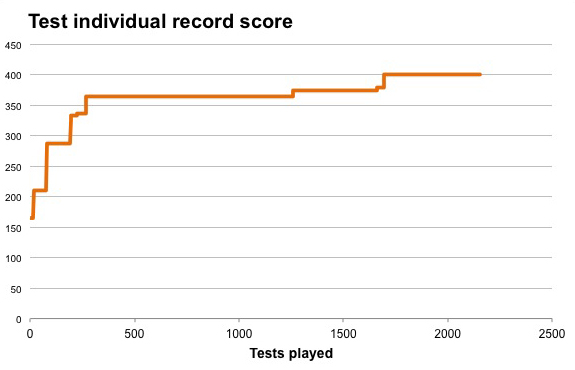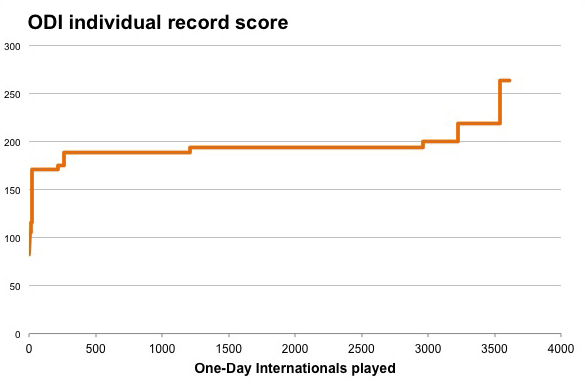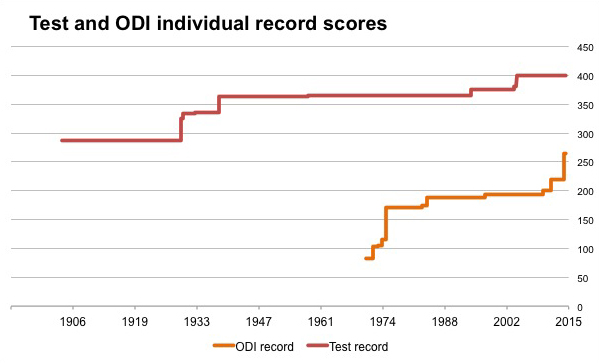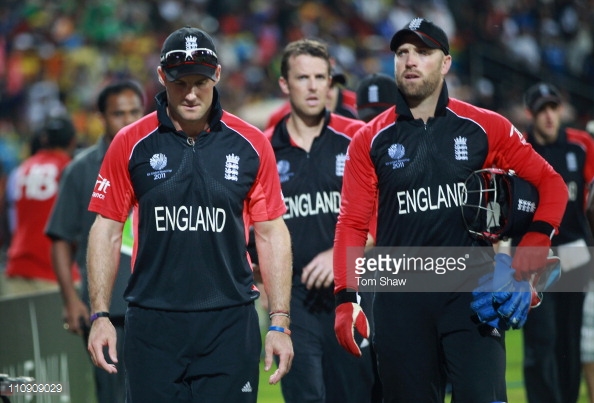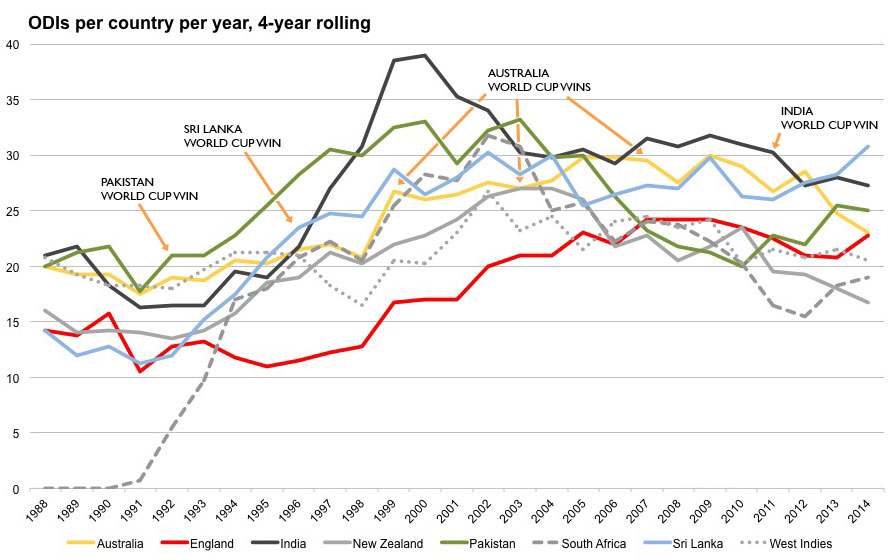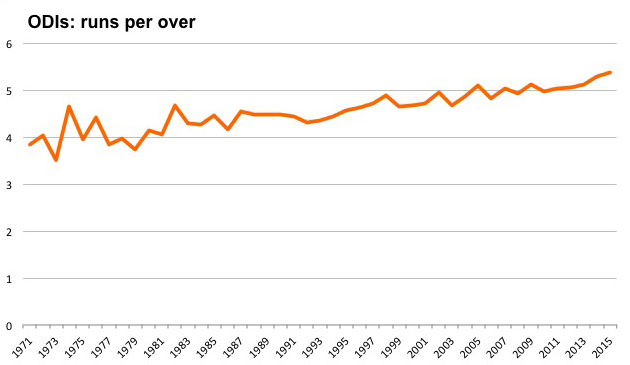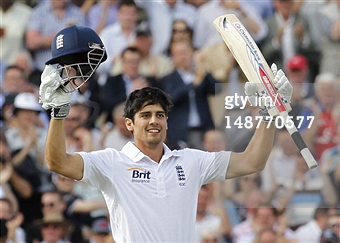
Update (May 15): Adam Lyth has now been called into the England Test squad and will probably make his debut against New Zealand.
—–
When a player hits 300-plus for their county, it’s hard not to take notice. But should Kevin Pietersen’s massive innings for Surrey get him back in the team?
He thinks so. He said afterwards:
“All I’ve been asked to do by the chairman-elect is to get a county and get runs,” said Pietersen.
“I’ve got runs, I’ve got a county and I do believe I’m good enough to play for England.
“All I can do is score runs, that’s it.
KP has been misguided and is confused, and here’s why.
This is nothing to do with that book (the one that trashed the ECB, former and current coaches and captains). It is quite simply that one innings isn’t enough.
If it was, then here are a list of people who would have been picked for England in the last 5 years:
Alex Gidman
Alex Lees
James Hildreth
Andrew Gale
Adam Lyth
All of the above players have hit 250-plus in county cricket. None have been picked for England’s senior Test side.
But if you look at the players who have scored the highest total runs in a county season, or had the highest average over a season (excluding overseas players and retired England players), there is a better chance of picked for the Test side. Adam Lyth would seem to have a better claim for a Test place then KP.
| Highest averages | |||||||||
| Year | Player | Mat | Inns | NO | Runs | Ave | 100 | 50 | Notes |
| 2014 | Adam Lyth | 17 | 24 | 1 | 1,619 | 70.39 | 7 | 6 | No England place |
| 2013 | Gary Ballance | 15 | 22 | 1 | 1,363 | 64.9 | 6 | 6 | Test debut Jan 2014 |
| 2012 | Nick Compton | 14 | 21 | 6 | 1,494 | 99.6 | 5 | 7 | Test debut Nov 2012 |
| 2011 | Nick Compton | 14 | 23 | 4 | 1,098 | 57.78 | 2 | 6 | See above |
| 2010 | James Hildreth | 16 | 23 | 1 | 1,440 | 65.45 | 7 | 5 | No England place |
| Most runs | |||||||||
| Year | Player | Mat | Inns | NO | Runs | Ave | 100 | 50 | Notes |
| 2014 | Adam Lyth | 17 | 24 | 1 | 1,619 | 70.39 | 7 | 6 | No England place |
| 2013 | Moeen Ali | 17 | 29 | 5 | 1,420 | 59.16 | 4 | 8 | Test debut June 2014 |
| 2012 | Nick Compton | 14 | 21 | 6 | 1,494 | 99.6 | 5 | 7 | Test debut Nov 2012 |
| 2011 | James Taylor | 17 | 32 | 3 | 1,602 | 55.24 | 3 | 10 | Test debut Aug 2012 |
| 2010 | Adam Lyth | 16 | 29 | 0 | 1,509 | 52.03 | 3 | 9 | No England place |
(In 2011 Marcus Trescothick was the leading run scorer and had the highest average in county cricket, but had retired from the England team. In 2010 the most runs were scored by Mark Ramprakash – again, retired from the England team.)
| Highest innings in season | |||||
| Year | Player | Runs | Team | Match Date | Notes |
| 2014 | Alex Gidman | 264 | Gloucs | 09-Sep-14 | No England place |
| 2013 | Alex Lees | 275* | Yorkshire | 17-Jul-13 | No England place |
| 2012 | James Hildreth | 268 | Somerset | 31-Mar-12 | No England place |
| 2011 | Michael Carberry | 300* | Hampshire | 02-Aug-11 | Test debut Mar 2010 (1 test), recalled Nov 2013, more than 2 years later |
| 2010 | James Taylor | 206* | Leics | 29-May-10 | Test debut Aug 2012 (after 2011 season, see above) |
The selectors have been very clear in their methods – they reward consistency, not single innings. As it turns out, a recall isn’t going to happen, however many runs KP scores. Colin Graves (incoming ECB chairman) said the wrong thing (about KP having any recall chance), which was then taken the wrong way (regarding single innings).
But the KP recall bandwagon will get mightily awkward if he does keep getting runs and topping the average charts. Until he retires completely from the game, there will always be a question mark over Pietersen’s England inclusion.
(Data from ESPN Cricinfo)

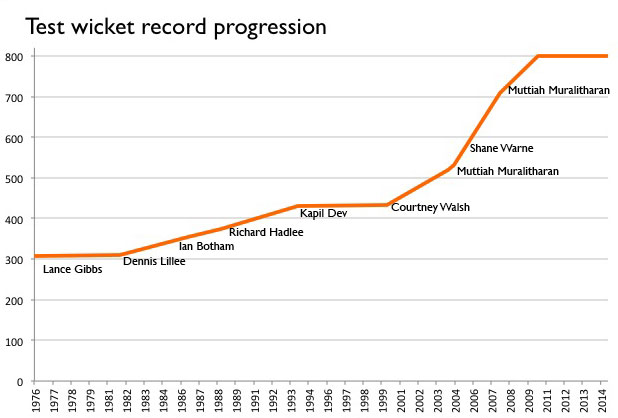

 Who would be a bowler these days? Specifically, who would be a West Indian bowler playing South Africa?
Who would be a bowler these days? Specifically, who would be a West Indian bowler playing South Africa?
